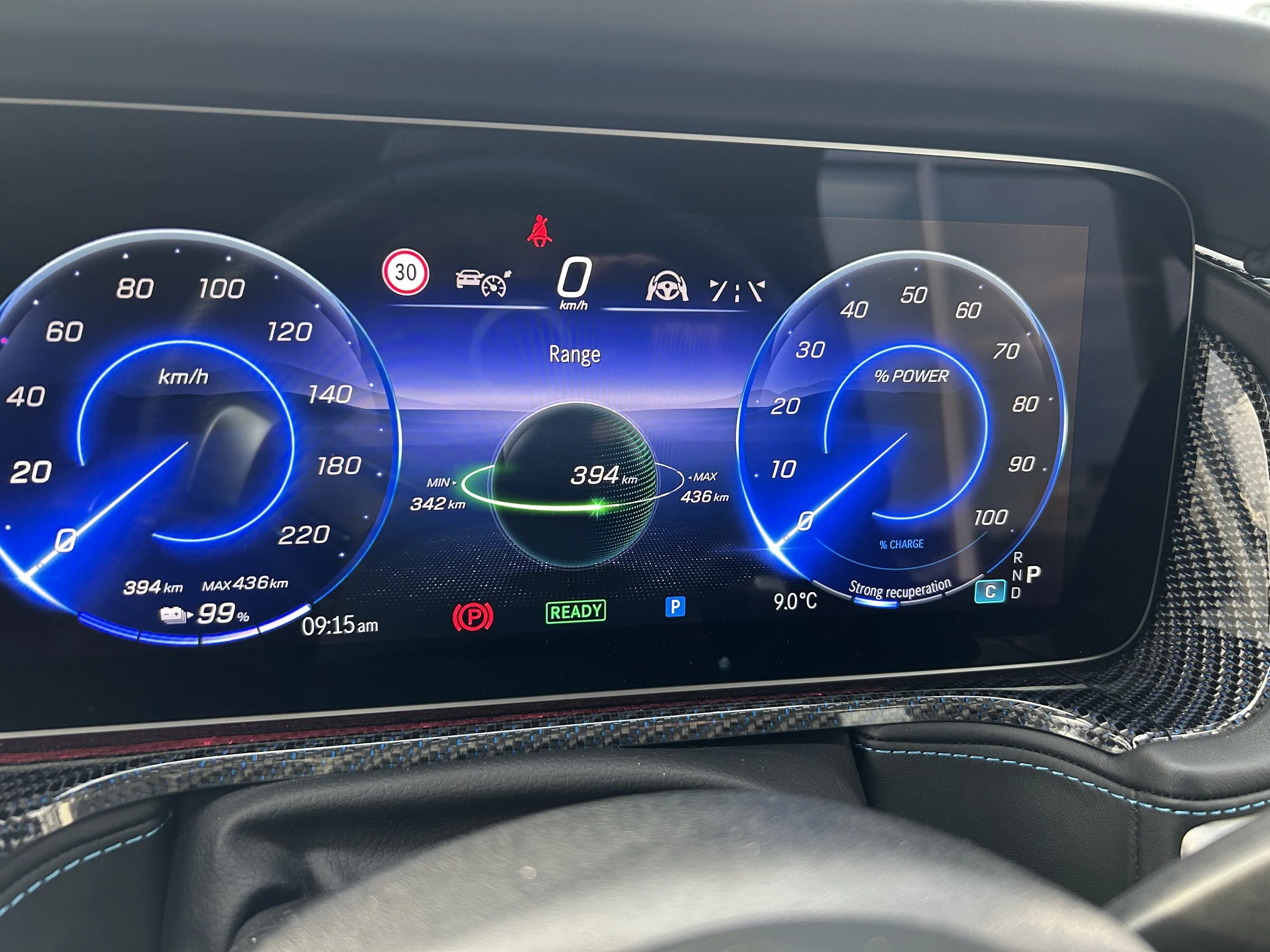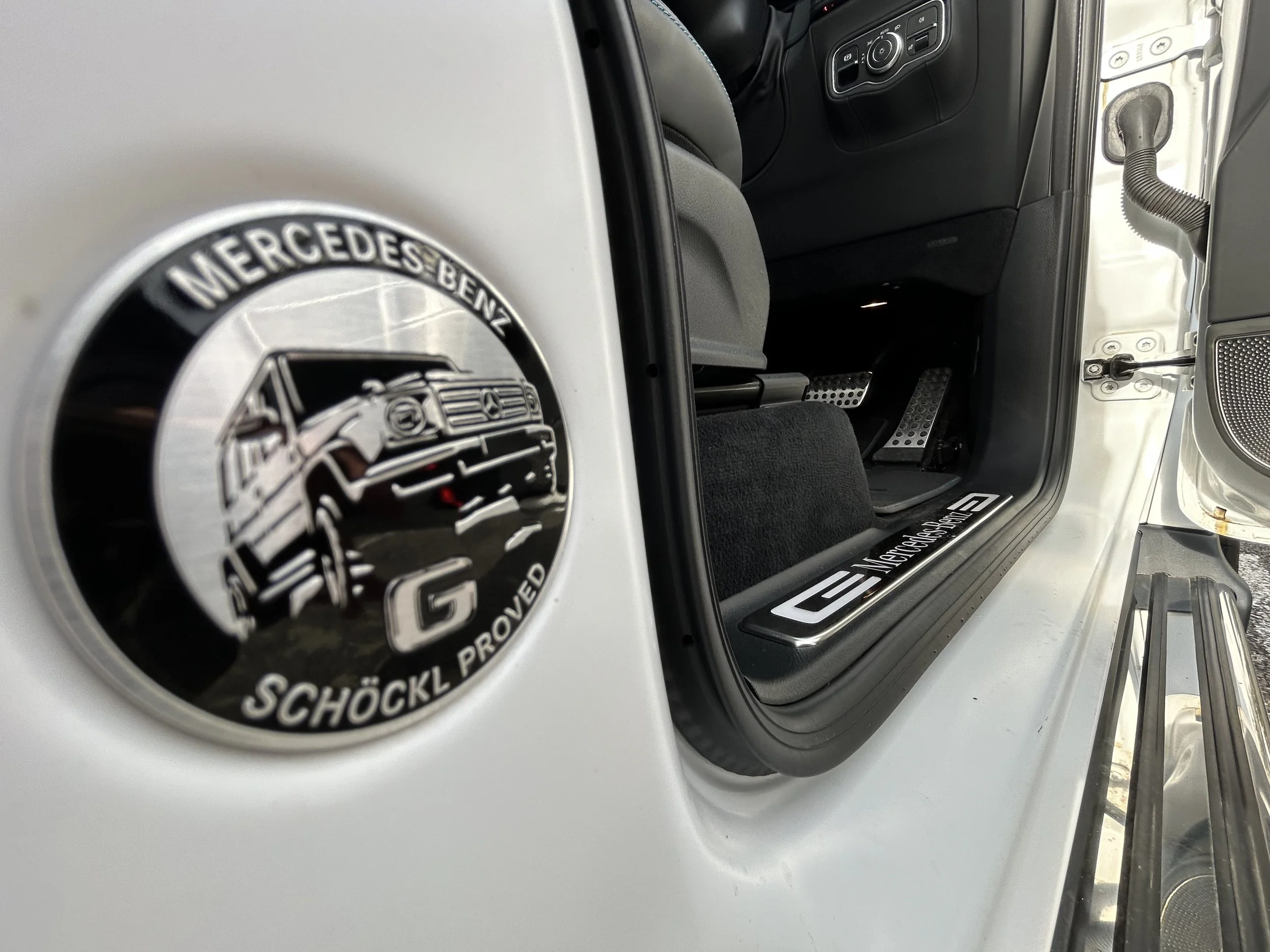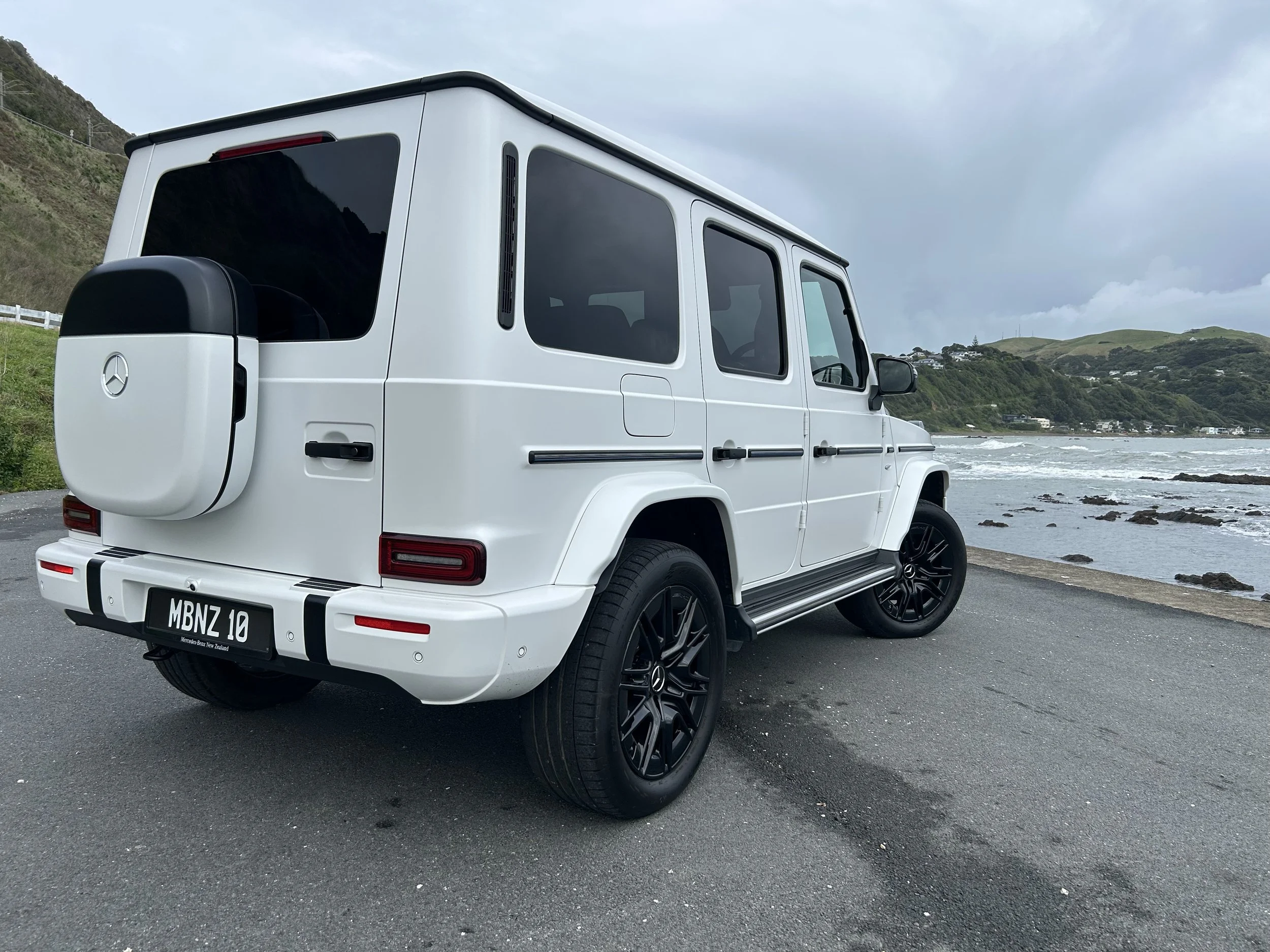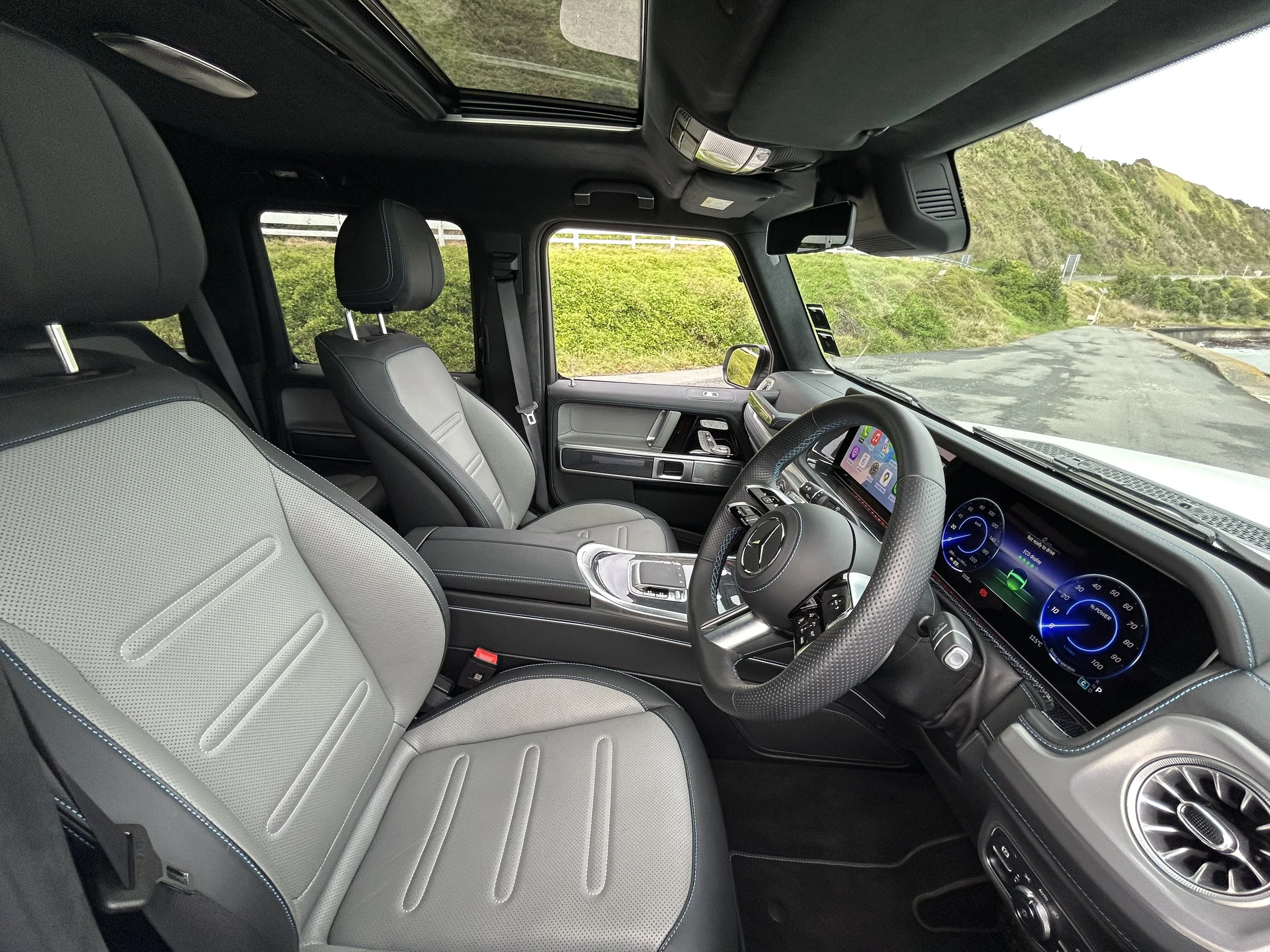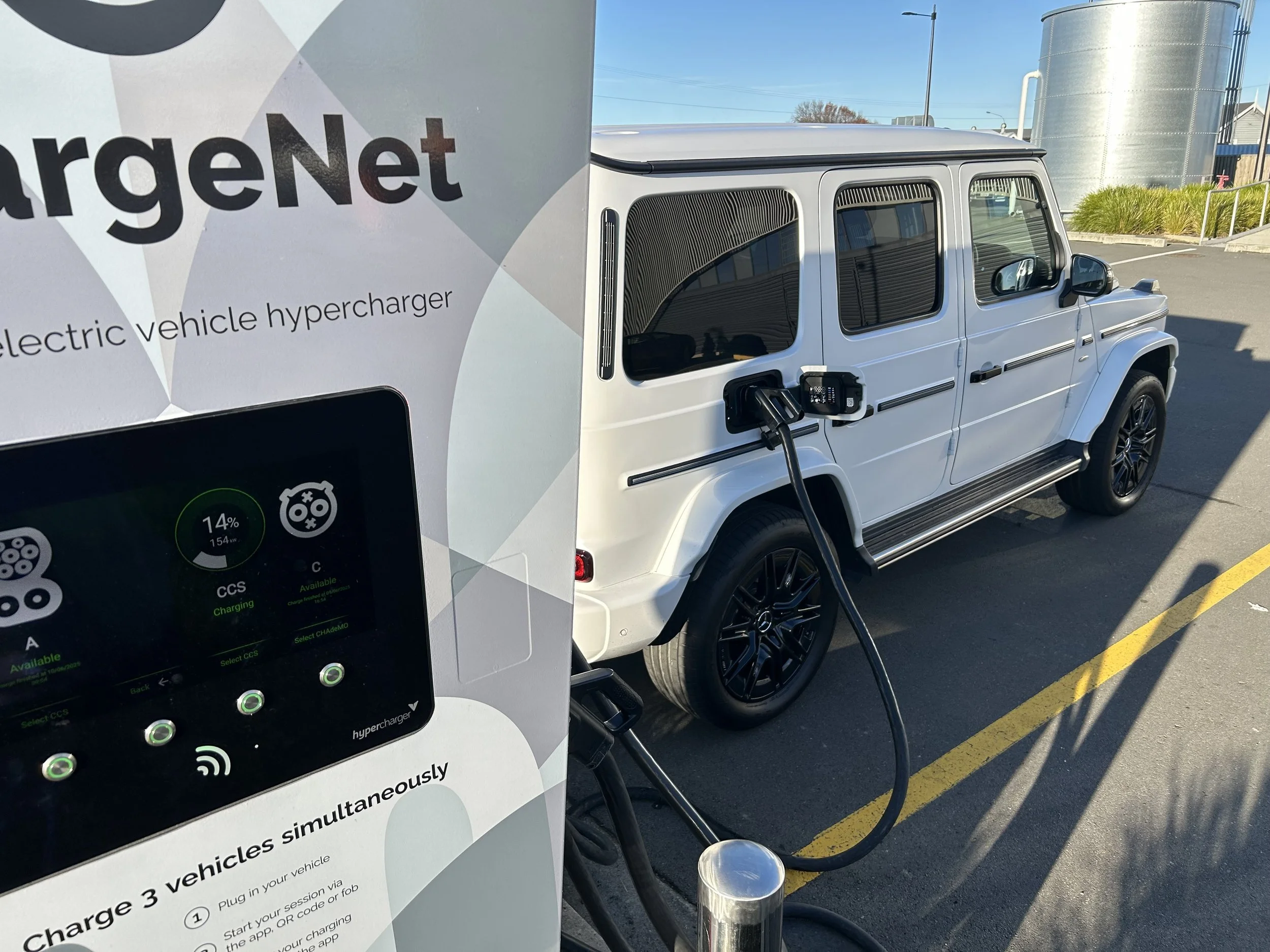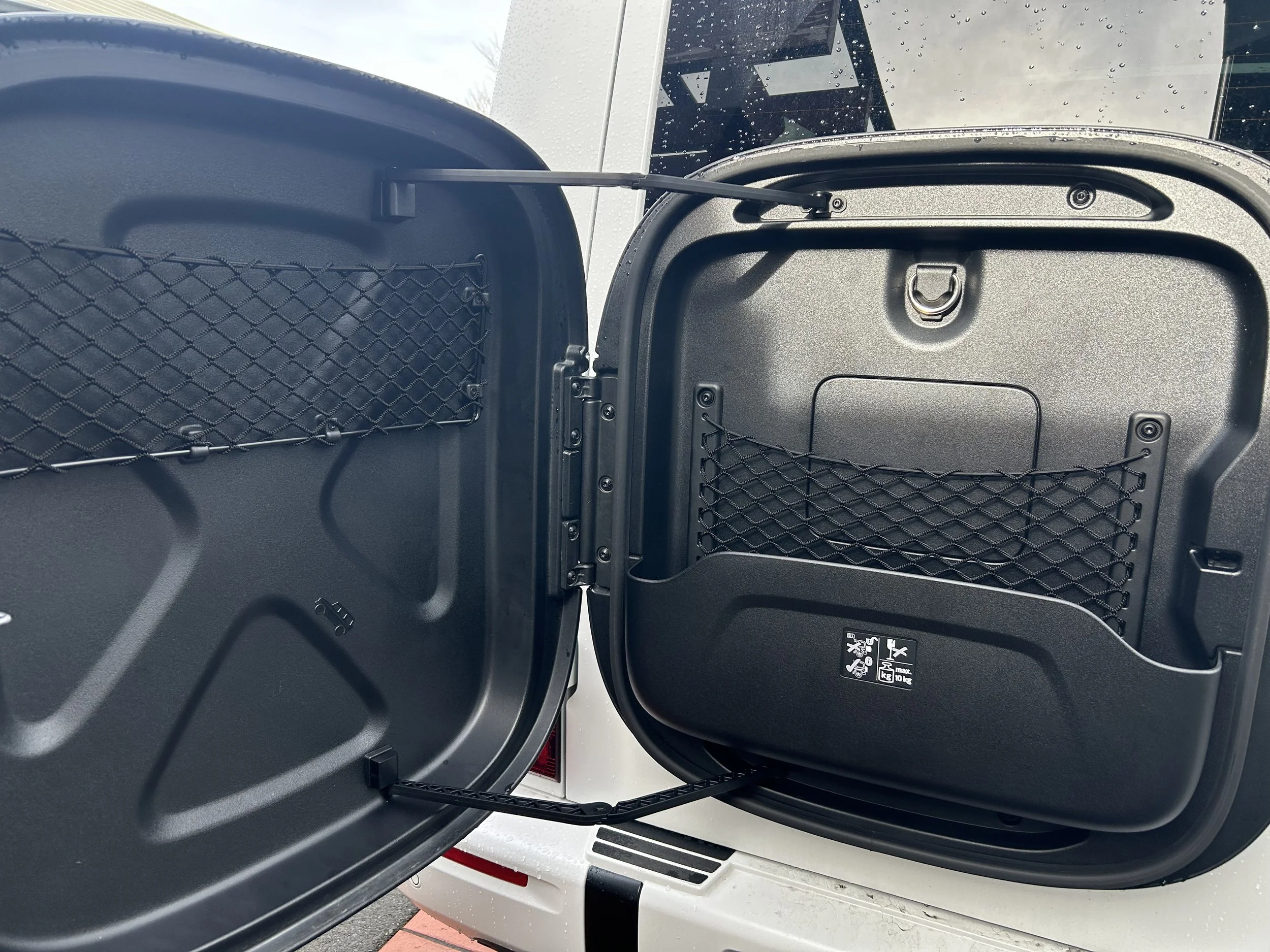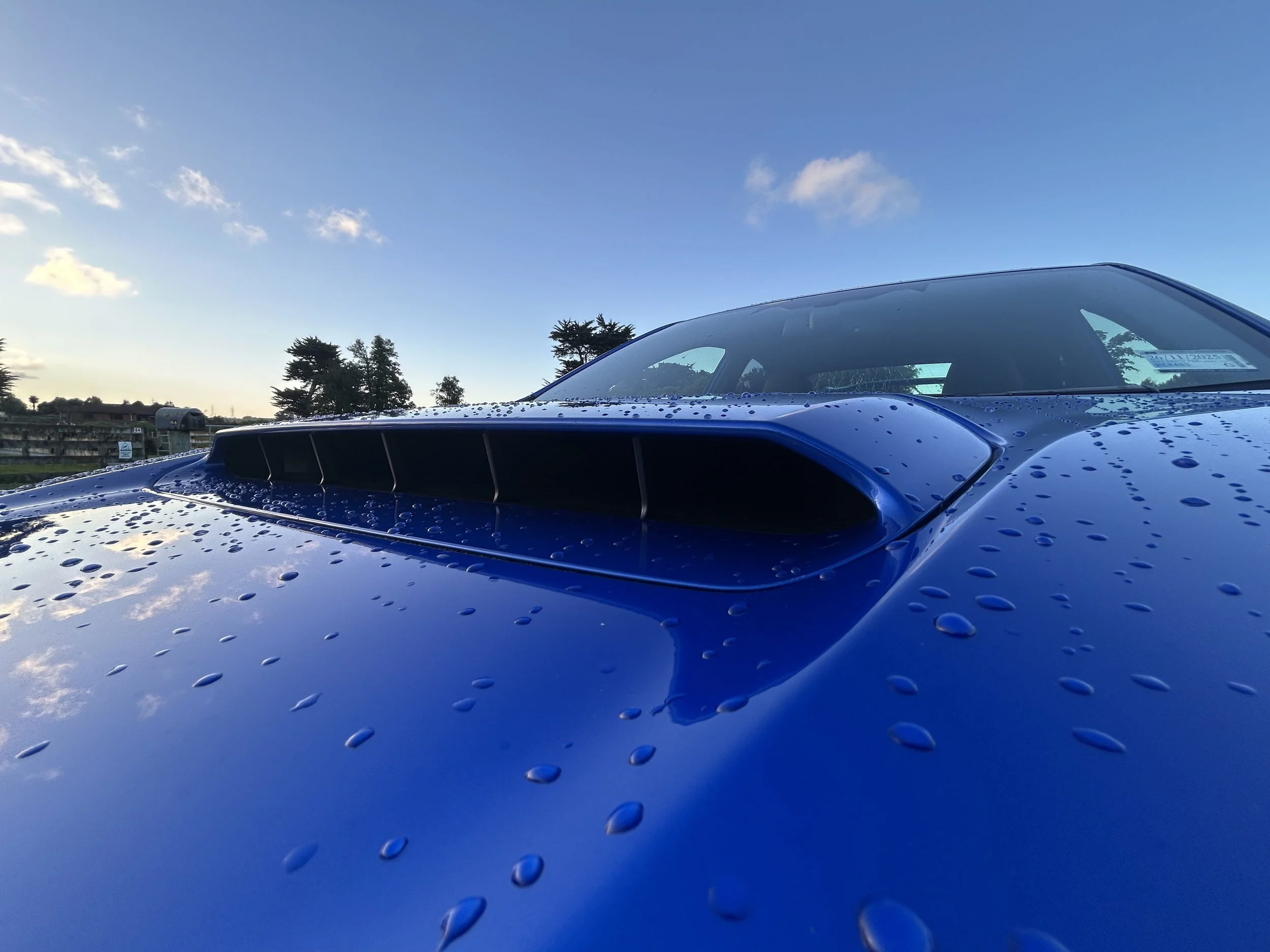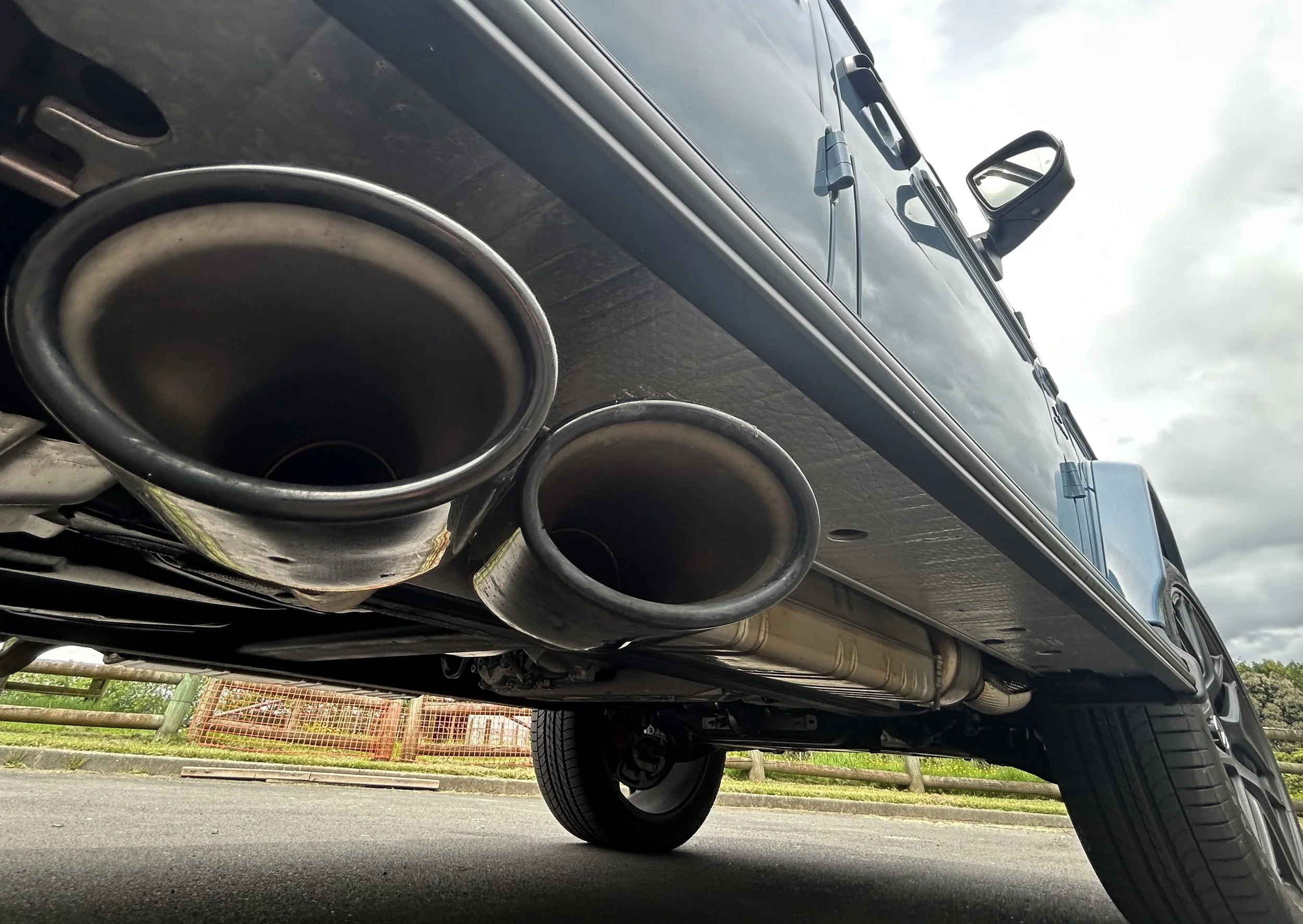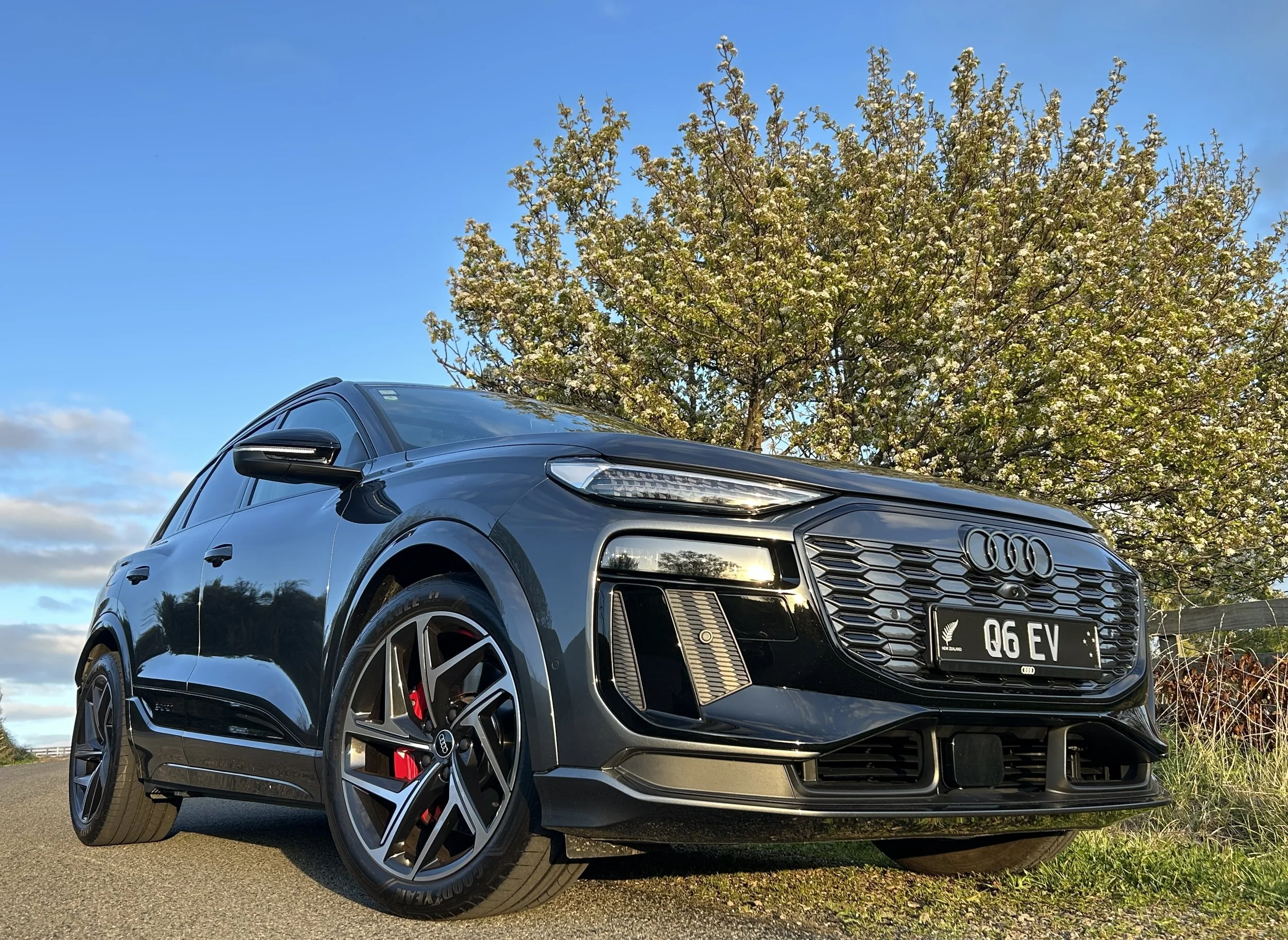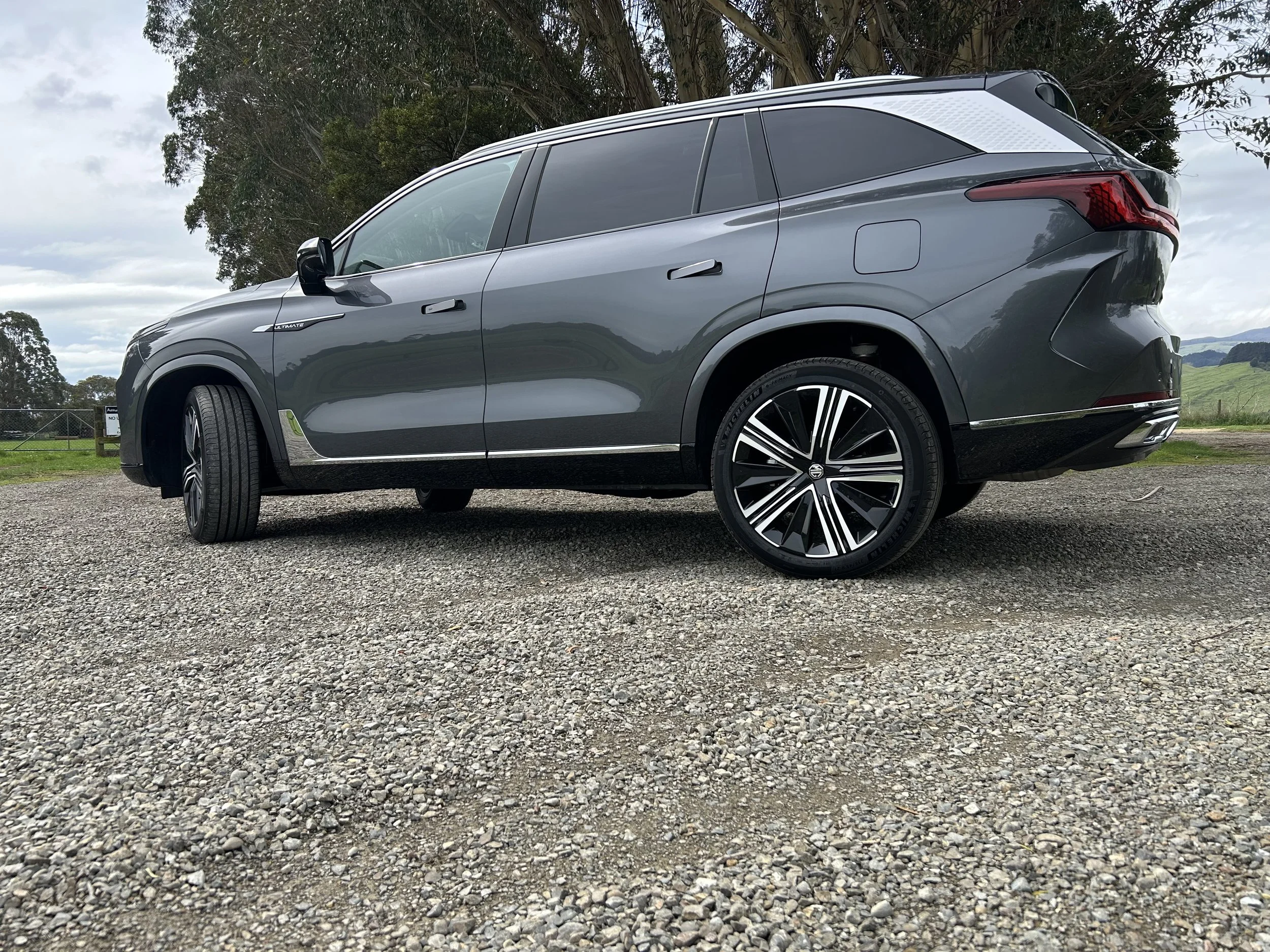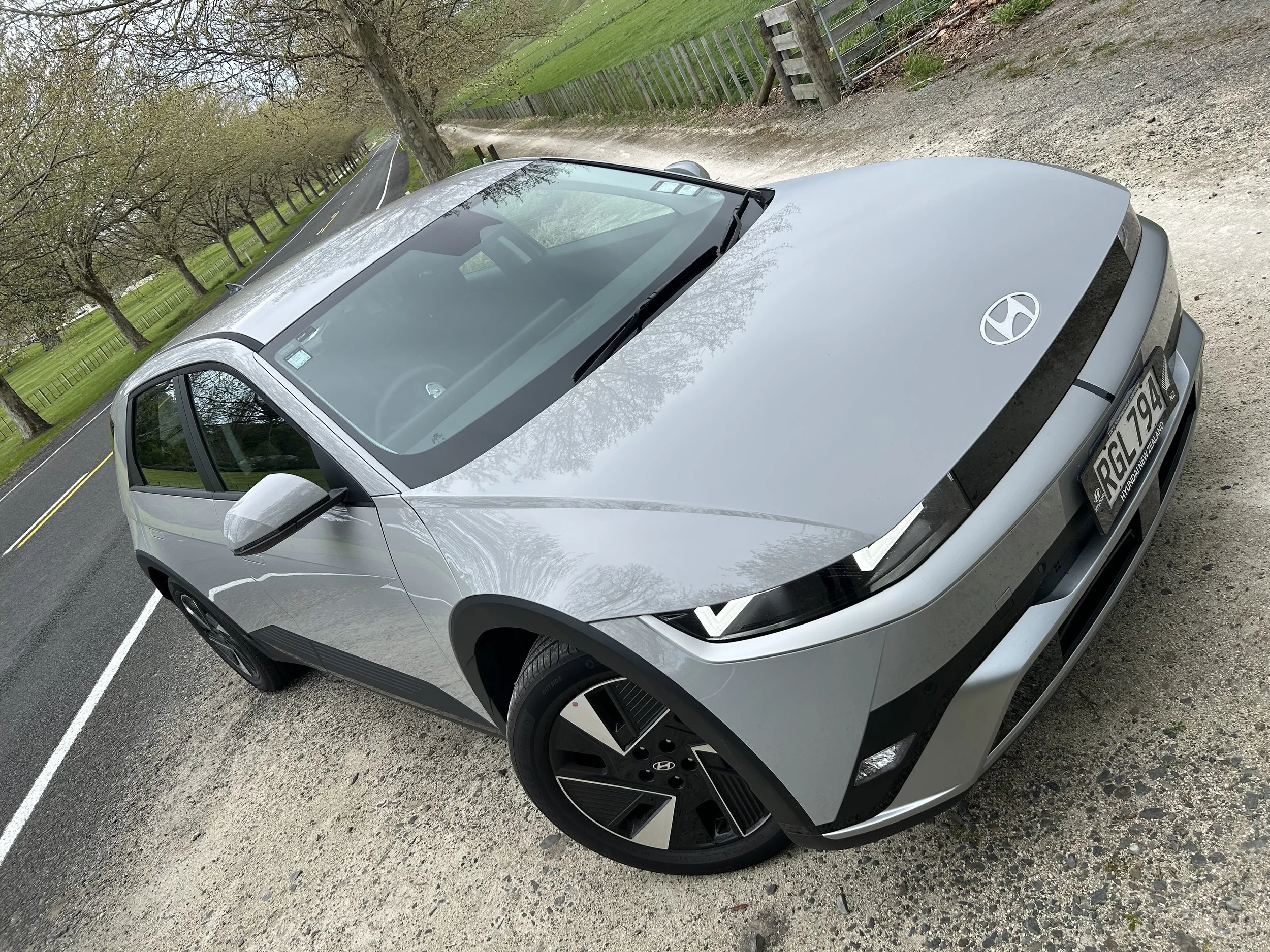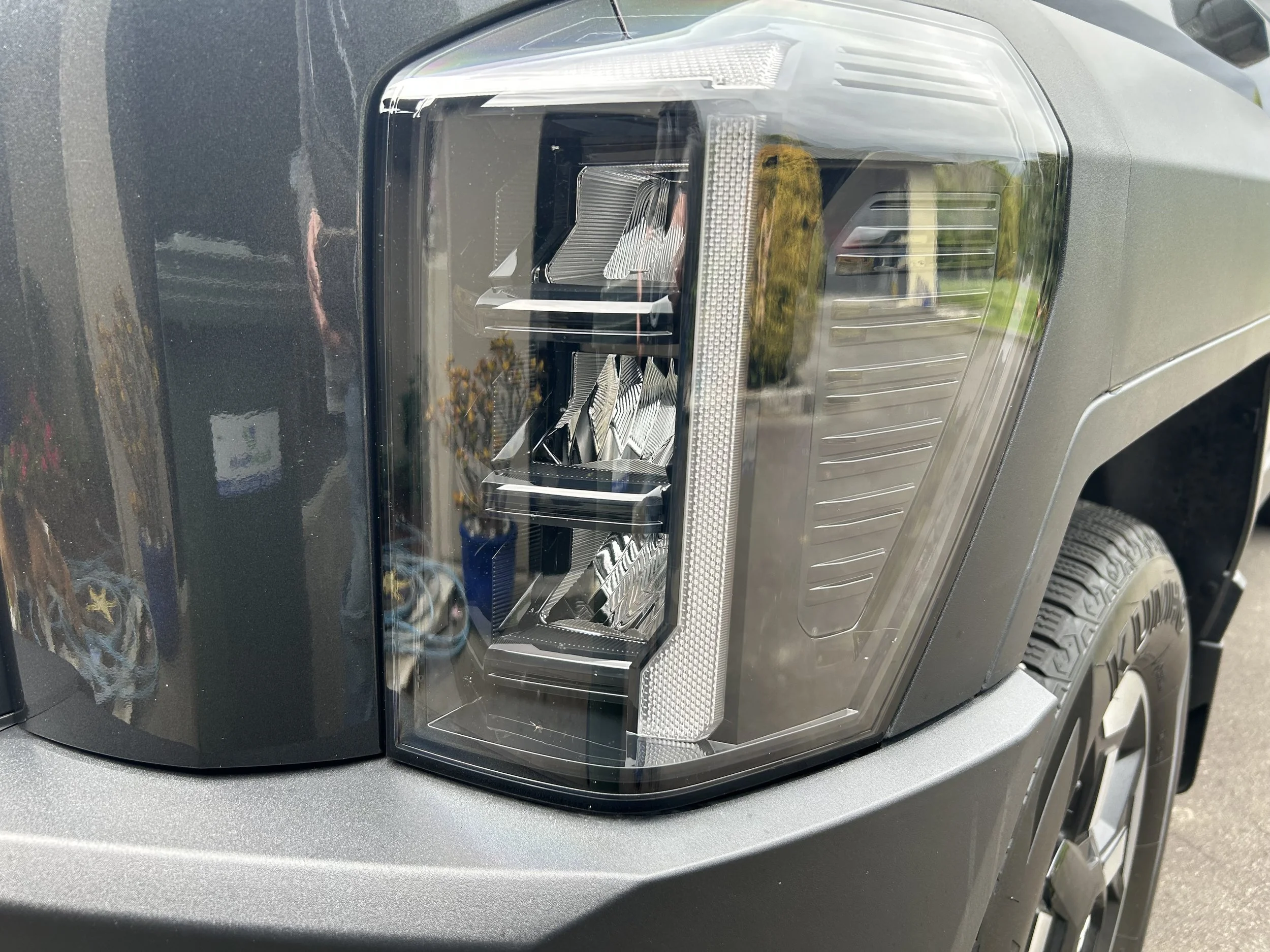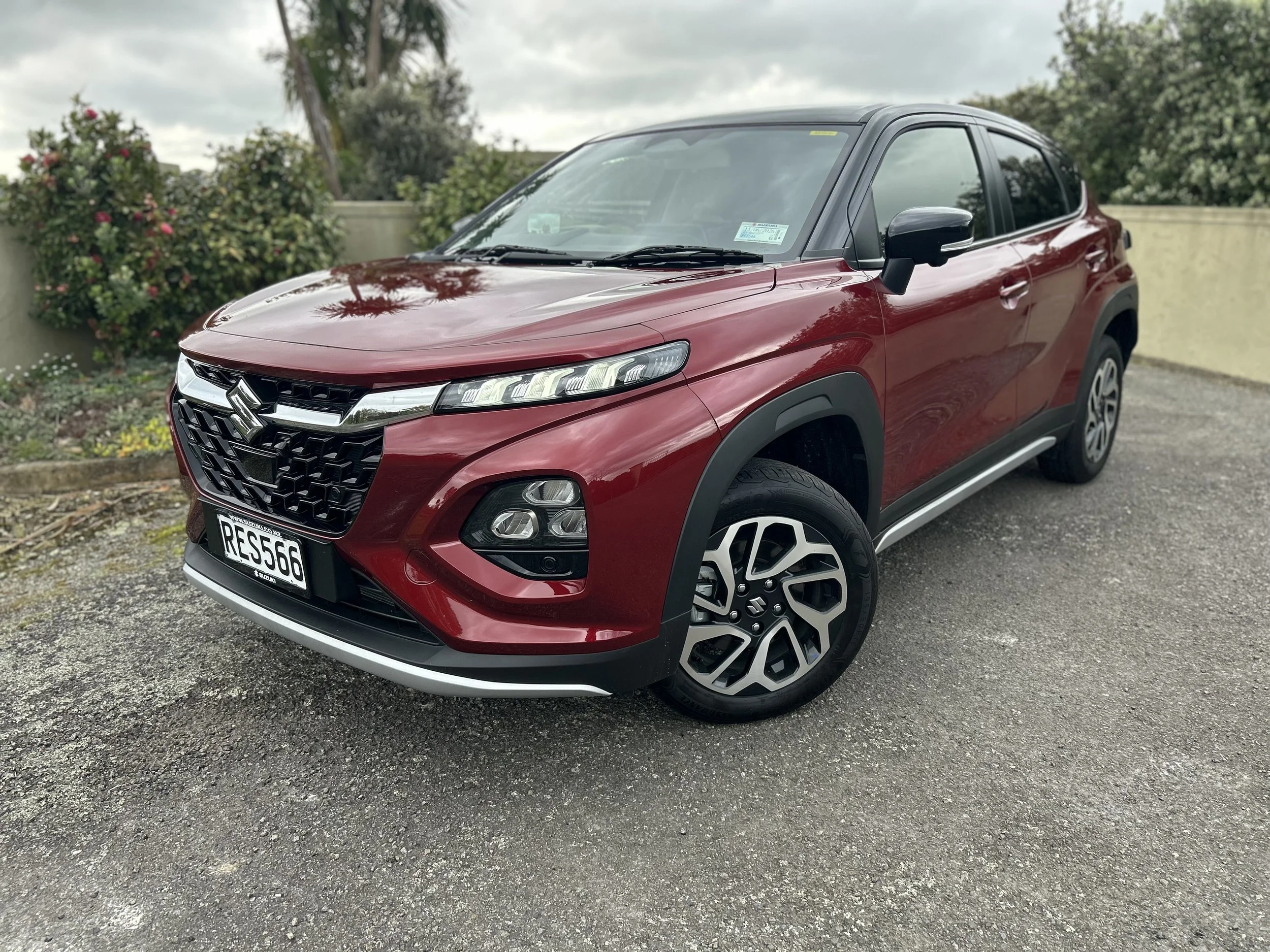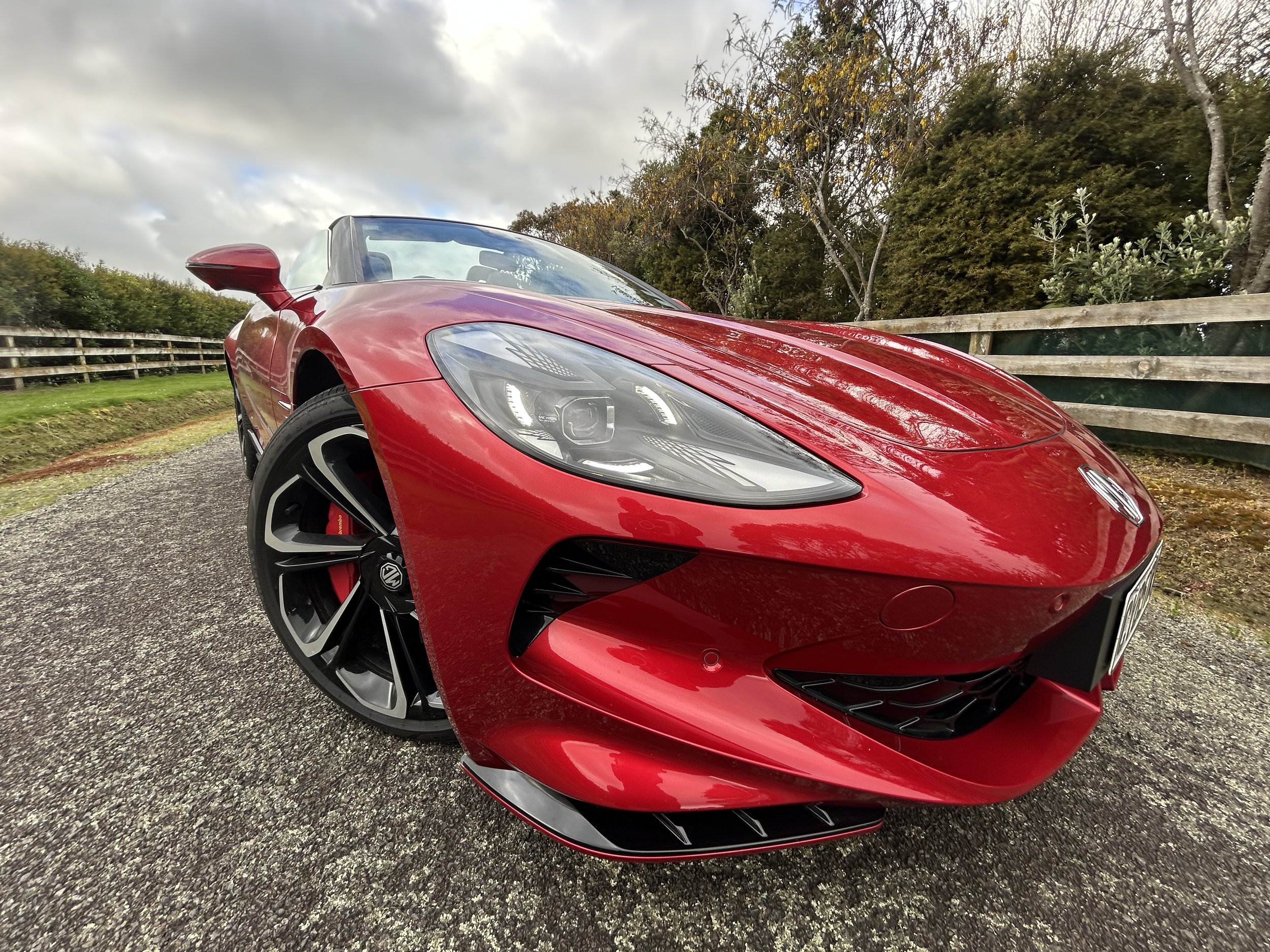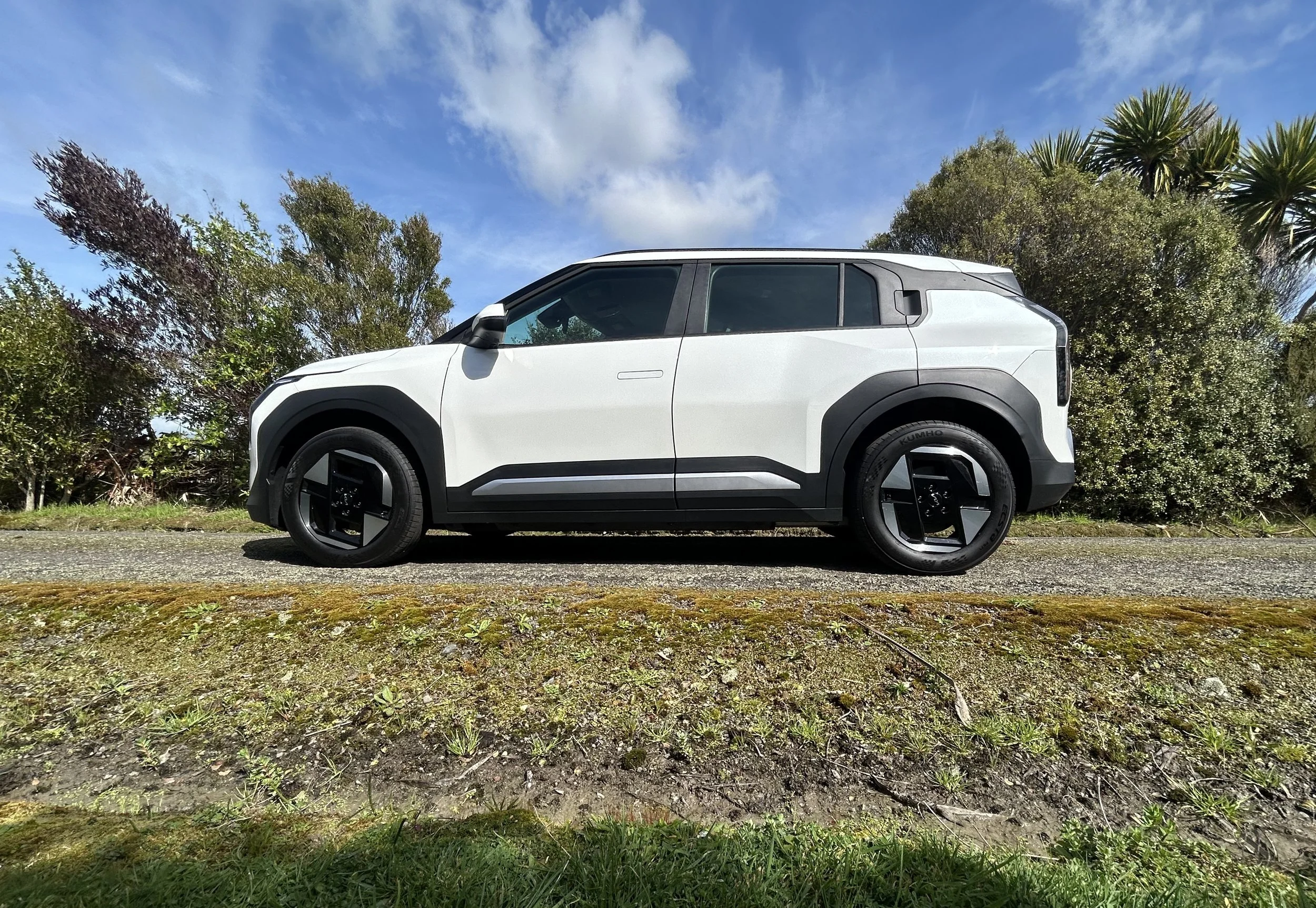Mercedes Benz G 580 EQ road test review: Battery in bulk
/The electric edition of this icon is a massive achievement for zero-emissions luxury motoring. But the new way cannot shrug all old issues.
How much: $276,000
Powertrain: Four motors, 432kW power 1164Nm torque, 116kWh battery, single speed auto.
How big: 4624mm long; 1931mm wide; 1986mm tall.
We like: Astounding technical achievement; impressively quiet and fleet; not questioning off road adeptness; ever-green look.
Not so much: Towing restriction needs resolution; because of size and weight, even a super-sized battery is barely enough.
WOULD you know a ‘G 580 with EQ Technology’ if you saw it?
There’s no challenge in picking out a G-Class per se. It’s the one that keeps last century Benz styling alive; the top-mounted indicators, exposed roof gutters and bulky external door hinges that were cost-efficiencies and design pragmatism of that time have become cool retro signatures now.
And now comes one that secures its role into the future? Assuming it’s accepted.
The EQ-furnished type is a heck of an accomplishment. That this huge flex of Mercedes’ technological muscle is found in a wrapping that’s been so same-same since 1979 is even more impressive.
The retro is so skilful who will believed what’s around now being the ‘newer’ shape, a second generation that entered service in 2018. And how many G fans would appreciate the electric is a whole new thing again? Exterior styling barely alters and there’s just few millimetres’ dimensional difference.
Putting it on a hoist or scales is a better giveaway to this being the future-focussed, Big Oil eschewing kind. Lift it high and, instead of driveshafts and diffs you see a big box, a battery so humongous in size and usable capacity it has to place in two layers.
It’s this and the four motors feeding from it that are core to reminding that weight of execution matches that of expectation.
About that. The kilo count demands consideration. At a smidge over three tonnes unladen, the electric type starts out is 500kg - so, four adults - heftier than the NZ market alternate AMG G 63 that in itself presents as several seriously loaded tonnes of fun. Fill up the cabin with beefy friends, chuck some golf clubs in the back … well you can imagine.
No wonder there’s some sidewall bulge going on with its massive 275/50 R20 tyres. EVs have delivered new challenges to tyre makers; Michelin reckons electrics are appreciably harder on their footwear. One wonders how often owners will be visiting their supplier.
Likely as not, the occasional tyre replacement will be a piffling concern for buyers. Just as fuel cost has likely always been for the AMG. Which, of course, raises a point. It’s wonderful that a machine that has not been the best example of an eco warrior now meets environmental aims.
But two factors hang over this model. One, which this test impressed, is that the G 580 cannot be considered a miracle machine. Big bugbears of the alter-ego G 63 AMG - limited practicality, including inability to tow, and punishing consumption, are also the electric’s burden.
Also, it relies a heck of a lot on a factor that AMG G owners (simply by being AMG G owners) seem not to consider important: Social conscience. If they had even a skerrick of concern about the world’s woes, then surely the AMG would be a showroom queen, rather than a sales success, with at least 80 being bought every year.
Those issues aside, the electric shows every sign it might match or better established AMG usage patterns. What’s indisputable is that Mercedes has absolutely nailed a core remit. That being to create an EV that impresses with AMG-like performance and a unique set of off-road talents, all wrapped up in the legendary shape.
Going electric means going without a bombastic exhaust note - yes, there’s the requisite synthesised electronically-generated growly warble, called ‘G-Roar’, but that’s more an in-house experience than one enjoyed from the kerbside - but otherwise the EQ has the goods to stake just as grandly as a social status star. You are in no doubt that it is a special vehicle for a special crowd.
Staking as the most affordable G-Class isn’t saying much in a broader sense, but while the high-faulting Edition One delivery on test sites $45,000 above what’s going to be asked for the standard issue variant which at time of test had yet to land, even it is way lower than the AMG, these days a $344k ask.
When comparing performance return for spend, electric looks handy. The AMG’s twin-turbo 4.0-litre V8 engine is a titan in conjuring 432kW and 850Nm in isolation, with a hybrid motor adding 15kW/200Nm, but the 580 is on an even higher phwoar footing, with 438kW and 1164Nm.
The petrol hog claims a faster 0-100kmh time, but the EV is just 0.4 seconds shy, and I’d defy anyone who experiences a standing start in the electric not to be mightily impressed. As for top speeds? Well, yeah, the AMG is streets ahead with 240kmh but I’d say you’d be brave to drive a G-Class at anything close to the battery type’s regulated 180kmh, let alone beyond.
In presentation and premium-ness, the Edition One seems as much a true Lord Muck. As a mix of Mercedes’ ‘Superior’ and ‘Exclusive’ design lines, it convinces as flagship material in its own right. The seats present in Nappa leather, there’s a lot of lovely detail (the contrasting blue stitching is superb) and it piles in carbon-fibre accents.
Still, as much as evolutionary change has taken the G away from the type’s beginning as a practically designed workhorse created primarily as a military vehicle, there’s no disguising what it still is and what it is primarily designed and outfitted to do. G stands for ‘Gelander’, German for ‘go anywhere’, and ability to do that is still there for those who might dare.
The only reason for the 580 not being taken off road during test was because I’d been utterly convinced, back at the national launch, about how much all-terrain talent it has. That and a nagging fear of being caught short on electric. More later.
Rest assured, everything about it is still built tough and if anything, though the three mechanical differentials on the internal combustion types are electronically replicated here, the 580 has an edge over ICE because electric allows traction and grip electronics to achieve an surpassed ‘feel'.
It has a low range, and can switch between that and high when on the move, and also has a neutral mode to enable flat towing behind your giant camper: A giant Jimny, if you like.
Plus there’s G-Turn, the 360-degree turn you've likely seen online (you pull the steering-wheel shift paddle for the direction you want to turn and then floor the accelerator and hold the wheel pointing straight; it’ll undertake two full rotations), and G-Steering, which locks the inside rear wheel for tighter turns.
Don’t be concerned about electric going near water. The rated 860mm wading depth is 15cm more than the ICE models can manage. Mercedes has suggested the electric can go even deeper than that—the powertrain is thoroughly waterproofed. The weak point now is the ventilation system’s air intake.
It’s a sad probability that this magnificent talent will likely be under-exploited, if explored at all.
The towing thing is a bit weird. The G is ladder-framed and all that torque … well, logically, it’d be fantastic. Also, in some markets, the model is allowed to haul, albeit a very modest 415kg.
What gelds it here, I suspect, is distributor concern anyone hooking up anything of substance would risk exceeding the weight limit that requires a heavy transport licence. A shame that. Time with this vehicle coincided with the opening round of a motor-racing series I involve with. I trailer my car to the track; naturally enough, my mates imagined I’d press gang the G into the job.
Standing tall while pulling light duties seems a bit of a cheat, but at least the imperious driving position that almost puts you at the same eye level as trucks, so you get a different perspective to most, for one because the indicators atop the front wings are always visible.
It’s so high off the ground that, even with a running board, entry and egress is not enjoyed by all. I’m tall, but still found it a touch awkward. My wife is not and, became highly annoyed when finding she couldn’t quite reach the front passenger side grab handles - one on the dash, one above the door.
The cabin shape is old school but that hasn’t inhibited it delivering elements of contemporary Mercedes style, plus all the latest switchgear and technology includes, most notably the vast MBUX touch screens all EQs have. It’s extremely well built, with far more refinement than you’d imagine is possible from something so utilitarian.
Out on the open road, the electric sails along regally and in near silence in the 100kmh zone, but otherwise is akin to its siblings in how it rides, handles and steers.
There are Normal and Sport settings and while the latter does help a little with body control in the corners, thanks to air suspension and adaptive damping, there’s still the same preference not to pushed too hard in corners and to be allowed reasonable road room for braking.
The straight-line speed is impressive, if likely to be unsurprising to anyone used to the AMG. The latter’s fanbase will bang on about it how disappointing it is that there’s no proper soundtrack. I thought it was brilliant to be able to head off to take a pre-dawn flight without waking anyone in the house or neighbourhood.
Aptitude for the inner city? Just as you would image. While the square-jawed styling makes it look more massive than it actually is, the turning circle is still a noticeably wide 13.6 metres. On gravel that’s not a problem; you’d simply use G-Turn. On firm surfaces you cannot, because the loading will likely ruin your tyres and potentially over-stress mechanicals.
Regular parking spaces are well-filled. If there are vehicles either side, you need to watch opening the doors too wide. That’s just a unavoidable with a massive, boxy vehicle.
Right … time to address the elephant in the too. EV is all about efficiency. A G-class with no CO2 rating is a heck of a thing. Electricity is the cheapest fuel. However, it’s big, brick-like and burdened by great weight. Normally a big battery equals big range. Not here.
The brand officially cites range of up to 473 kilometres and consumption of 23kWh/100km. If only. I drove with care and still never saw it better 31kWh per 100km. More often than not the average sat at 35kWh. That’s the highest consumption I’ve seen from any electric.
When picked up fully charged the onboard calculator promised 396 kilometres range if driven realistically (and up to 436km if truly light-footed). The 172km run home brought the battery down to 48 percent. At the state, the onboard computer calculated, I had another 232-253km to work with. Not the case. After another 100kms’ driving, the energy state was down to 14 percent.
Recharging brought it back to 89 percent and an estimated range of 342km. It handed back with 515km clocked for the entire test, which equated to nine hours and 45 minutes’ driving; the last two hours mainly at 100kmh. The battery at conclusion was at 23 percent … with 88km remaining range predicted.
To me, that all raises sorts concern about useful this model would ever be for any kind of weekend adventure driving. Off the grid power tripping in an electric of any kind is challenging, but conceivable in this instance the odds might stack too high for comfort.
Even if driving within the constraints of its real-world returns, how best to feed the beast definitely has to be a consideration for buy-in. Home charging off a three-pin socket is technically possible, but up to you to organise. The box on the back door that looks a little like it should be holding the spare wheel is designed to house a charging cable, but it’s not provided and you can understand why. It would be daft; you’d likely be wired up for days.
Mercedes attests a 11kW AC wallbox at home should fully charge it overnight. But, realistically, for those regularly out and about, realistically public charging networks are really going to be the way and even with those you’re going to be picky.
The nav system can route via chargers, and the Mercedes me app will work out charge monitoring and pre-conditioning. I’d suggest avoiding 50-875kWh types whenever ultimate a 300kWh issuer is in reach; the car it can charge up rapidly at up to 200kW; that would take it from 10 to 80 percent in about 30 minutes.. On my day, the charger was going slower, so I was hooked on for an hour. The cost came to $80.
All this might sound a bit grim, or at least suggest there’s a swag more give and take than the average EV experience.
Even so. If you want to enjoy what a G-Class has to offer, cannot stomach the running costs of the AMG and intend to operate this model as most owners seem to do - basically, as a massive ego-boosting accessory that’s going to be driven over short distances and potentially at gentle pace - then the G 580 could well fit. In theory.
The challenge, of course, is that success relies on it either carving out a whole new niche with a wholly fresh set of customers or winning over AMG acolytes. Both seem long shots, sadly.
Benz was damned if it didn’t create this model. The end result is an old dog with some extremely impressive new tricks. It proves that, with the right engineering and attitude, anything has an electric future. But car making is all about car selling. And, internally, reception has been lukewarm at best. It’s a cruel world for the one G that looks best for the Earth’s changing condition.
Meantime, there could be lingering wryness that the one G that is rated to tow, has massive range, would likely be massively dependable off-road, is far more eco-friendly than the AMG (if rather less so than the electric) and could be had for even less money than this latest type … was dropped last year. That 243kW/700Nm six-cylinder G 400d diesel could be a gem of a used buy.



